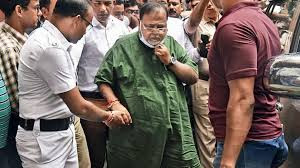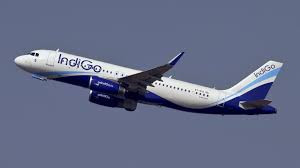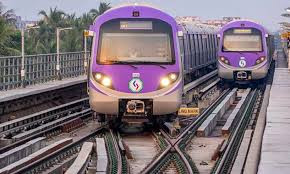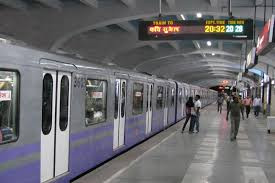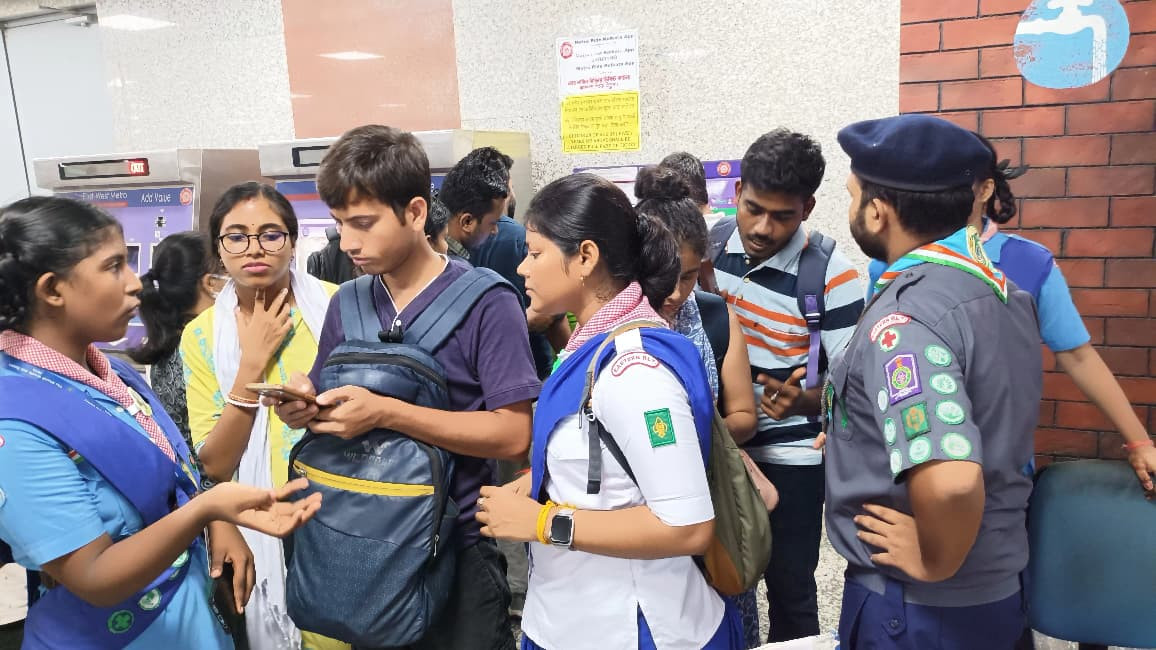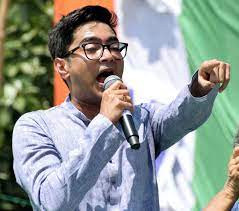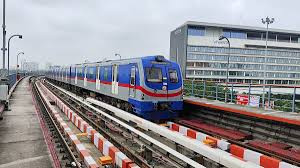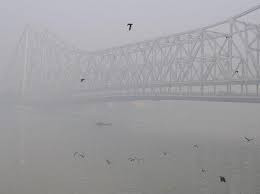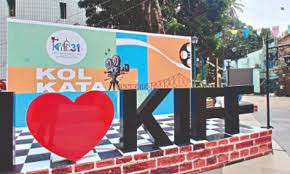Kolkata Port Authority to Transform Eastern Bank of Ganges into Tourist Hub with Museum and Activity Zones
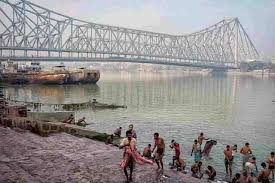
IIE DIGITAL DESK : Kolkata's ancient and culturally resonant riverfront along the eastern bank of the Ganges is poised for a major leap into the tourism spotlight. The Kolkata Port Authority (Kolkata Bandon Korta — SMPK) revealed its ambitious plan to transform a sprawling expanse of land into a vibrant tourist destination, integrating cultural, recreational, and historical experiences.
The plan envisions an 'activity centre' spread across nearly 367 acres along the Kolkata side of the river, complemented by 298 acres opposite in Howrah. As part of this broader initiative, authorities are considering the creation of a museum dedicated to honoring the legacy of workers from the port area—those who were once sent on contractual assignments to the USA, the Caribbean, and various island nations. The intention is not merely to build monuments, but to rekindle pride in a chapter of Kolkata’s labor history that is rich, evocative, and underrepresented. Meanwhile, the Howrah Bridge—an imposing gateway to the city—will receive a new lighting scheme designed to enthrall visitors arriving by train, adding an element of surprise and urban grandeur the moment they step onto the platform.
The project was officially announced during a tourism-centric event in central Kolkata, hosted by the Merchants’ Chambers of Commerce and Industry (MCCI). There, each stakeholder emphasized the economic potential, especially in generating momentum around key cultural seasons. As demonstrated by the previous year's Durga Puja festivities, which contributed an estimated ₹32,000 crore to West Bengal’s economy, a well-rounded tourism strategy could amplify overall economic gains. Officials noted that while much of the appeal of the region lies in its famed festivals and natural beauty, Kolkata’s urban heritage—its architectural legacy, riverside folklore, and labor history—holds untapped potential among niche segments of tourists seeking deeply layered experiences.
Extraction of idle or underutilized waterfront property for immersive, accessible tourism infrastructure marks a fresh direction in city planning. This aligns with broader trends seen in similar riverfront cities where heritage, culture, and modern recreation harmonize—like the newly redeveloped ghats and parks along the Hooghly River in recent years. Millennium Park, the illuminated promenade from Prinsep Ghat to Babughat, and the renovation of ghats like Kumartuli, demonstrate the appetite—and the political will—for thoughtfully designed riverfront revival.
The state tourism minister, present as a special guest, pledged robust support for the initiative, indicating collaboration between the Port Authority and the state government would proceed smoothly. Such institutional alignment is key to ensuring historic preservation efforts, infrastructure development, and community integration proceed in harmony, not conflict.
Taken together, this proposed redevelopment signals a forward-looking embrace of heritage tourism, riverfront revitalization, and public engagement. For Kolkata, the activity centre promises to do more than beautify the shoreline—it seeks to give shape to stories of laborers, revivify city entryways with architectural drama, and bridge history with modern experience in service of economic renewal.
You might also like!




